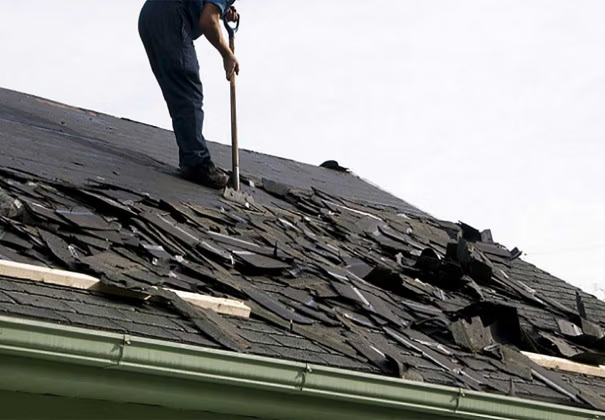@charset “UTF-8”;@import url(https://fonts.googleapis.com/css2?family=Open+Sans:wght@300;400;600;700&display=swap);@font-face{font-family:’Crete Round’;font-style:normal;font-weight:400;src:local(‘CreteRound’),local(‘CreteRound’),url(https://fonts.gstatic.com/s/creteround/v9/55xoey1sJNPjPiv1ZZZrxK170b0.woff2) format(‘woff’)}.ec2-body{min-height:100%;padding:0;margin:0;background:#f3f3f3;position:relative;font-family:’Open Sans’,sans-serif;font-size:12px;color:#333;overflow-x:hidden}.ec2-html{outline:0!important;background:#f3f3f3!important;padding-top:20px;padding-bottom:20px}.ece-artilce-container{display:block;padding:25px 30px 30px 30px;max-width:900px;margin-left:auto;margin-right:auto;font-size:17px;border-style:solid;border-width:1px;border-color:rgba(204,204,204,.59);background:#fff;line-height:1.42857143;text-align:left;font-family:’Open Sans’,sans-serif}.ece-artilce-container h1,.ece-artilce-container h2,.ece-artilce-container h3,.ece-artilce-container h4{font-family:’Crete Round’;margin:0;color:#29728c;line-height:1}.ece-artilce-container h1{margin-bottom:20px}.ece-artilce-container .ece-cta-button-holder{text-decoration:none;color:#3699dd;z-index:1;position:relative;display:block;box-sizing:border-box}.ece-artilce-container .ece-cta-button-holder .ece-cta-button.btnControls{background-color:#ffb400;background:-webkit-linear-gradient(#ffcc56 0,#ffb400 100%);background:-o-linear-gradient(#ffcc56 0,#ffb400 100%);background:linear-gradient(#ffcc56 0,#ffb400 100%);text-shadow:0 2px 0 rgb(0 0 0 / 11%);box-shadow:0 2px 0 0 #d49600;font-weight:400;border-radius:0;color:#fff;padding:0;margin:0;width:100%;display:block;outline:0;border:none;cursor:pointer;-webkit-user-select:auto;padding:15px 20px;box-sizing:border-box}.ece-artilce-container .ece-cta-button-holder .ece-cta-button.btnControls p{font-weight:400;outline:0;border:none;display:block;color:#fff;text-align:center;margin-bottom:0;margin-top:0;line-height:1em;padding:0!important}.ece-artilce-container .ece-button-mediaContainer,.ece-artilce-container .ece-video-mediaContainer{float:none;width:100%;margin-right:20px;position:relative;margin:15px auto;clear:both;position:relative;z-index:100;text-align:left!important;box-sizing:border-box}.ece-artilce-container .ece-video-mediaContainer .ece-video-placeholder{background:#000;color:#fff;text-align:center;border-radius:2px;margin:auto;position:relative}.ece-artilce-container .ece-video-mediaContainer .ece-embed-responsive{position:relative;display:block;height:0;padding:0;overflow:hidden}.ece-artilce-container .ece-video-mediaContainer .ece-embed-responsive-16by9{padding-bottom:56.25%}.ece-artilce-container .ece-video-mediaContainer .ece-embed-responsive .ece-embed-responsive-item{position:absolute;top:0;bottom:0;left:0;width:100%;height:100%;border:0}.ece-artilce-container .ece-image-mediaContainer img{max-width:100%}.ece-artilce-container .ece-button-mediaContainer{padding:0;background-color:transparent!important;border:none}@media screen and (max-width:768px){.ece-artilce-container .ece-button-mediaContainer,.ece-artilce-container .ece-image-mediaContainer,.ece-artilce-container .ece-video-mediaContainer{width:100%!important}}
As the weather starts to warm up, so does the need for roof repairs. Whether you’re looking to fix a leaky roof or replace it, there are a few important things you should know before you begin. In this blog post, we’ll talk about the different types of roofing materials, what they do and how they affect your home. We’ll also go over some important considerations when repairing a roof.
# 5 Things to Know Before You Repair a Roof
Introduction
As the weather starts to warm up, so does the need for roof repairs. Whether you’re looking to fix a leaky roof or replace it, there are a few important things you should know before you begin.
In this blog post, we’ll talk about the different types of roofing materials, what they do, and how they affect your home. We’ll also go over some important considerations when repairing a roof.
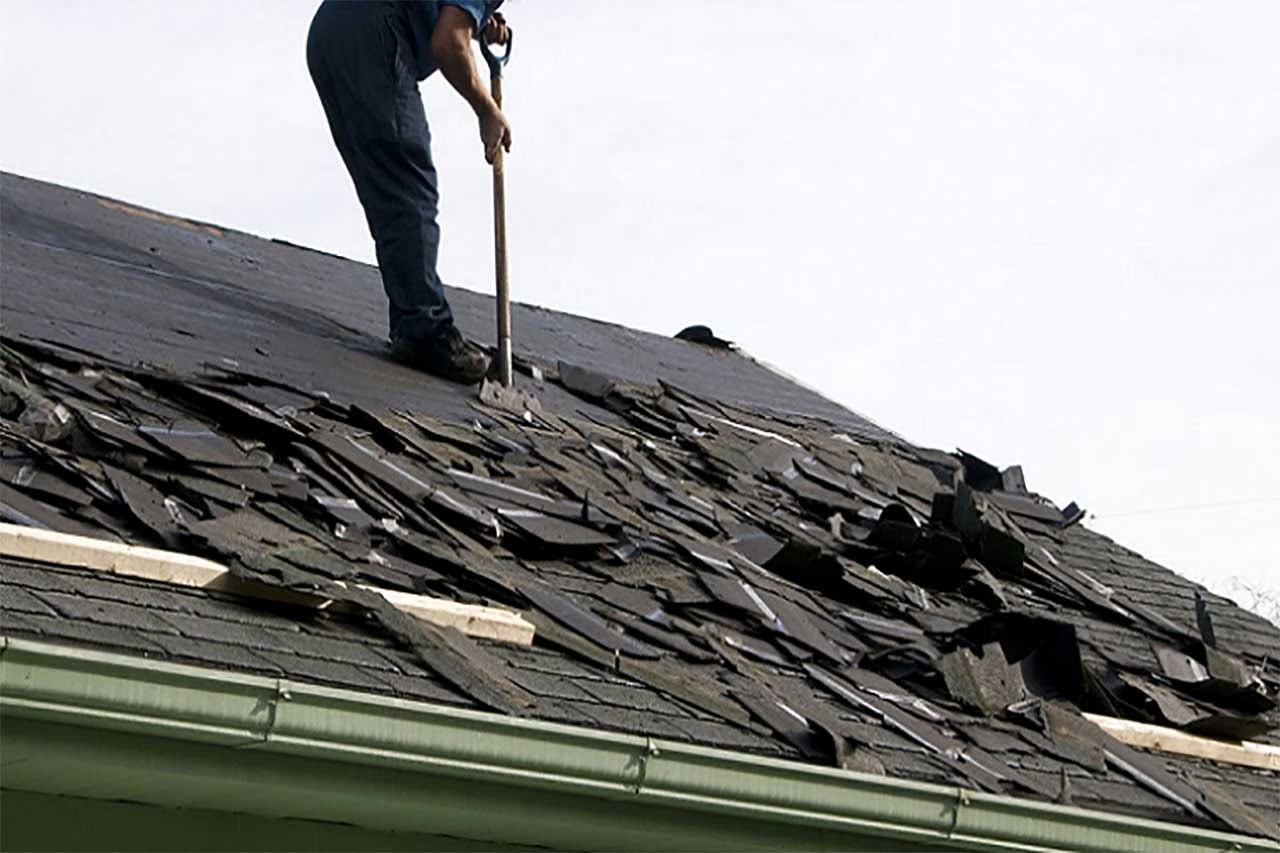
What is a Roof?
A roof is the protective covering that shields your home from the elements, such as rain, snow, and sunlight. It is an essential part of any structure and plays a crucial role in maintaining the integrity of your home.
Roofs come in various shapes, sizes, and materials, each serving a specific purpose. From traditional pitched roofs to modern flat roofs, understanding the different types of roofs will help you make an informed decision when it comes to repairs or replacements.
Roofs are typically made up of several components, including the roof deck, underlayment, flashing, and the visible roofing material. Each of these components plays a vital role in ensuring your roof remains watertight and durable.
When repairing a roof, it’s important to inspect each of these components to identify any areas that may need attention.
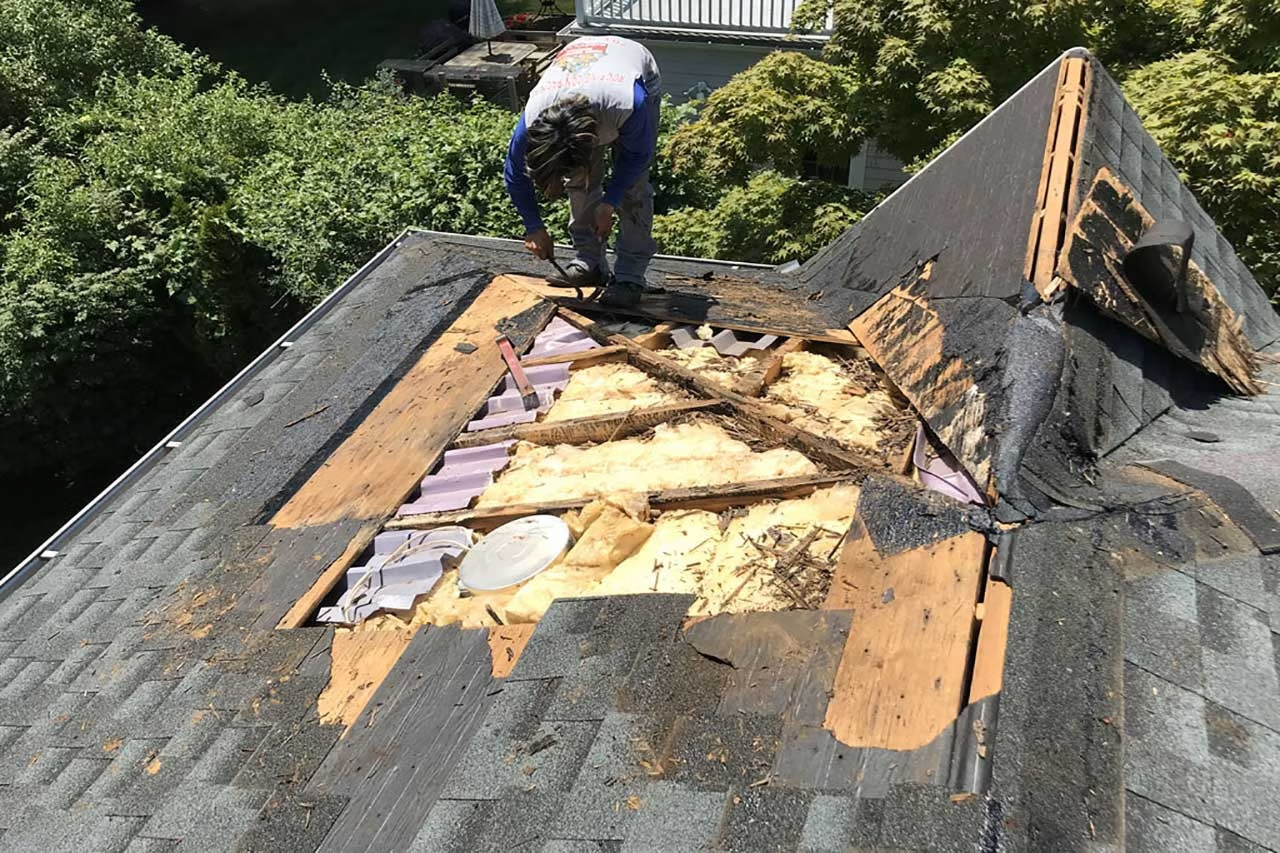
This will allow you to address any underlying issues and ensure a successful repair.
How Does a Roof Work?
To understand how to repair a roof, it’s essential to have a basic understanding of how it works. A roof is designed to protect your home from the elements by providing a barrier between the interior and the exterior.
The primary function of a roof is to shed water, preventing it from entering your home. This is achieved through a combination of the roof’s slope or pitch and the materials used.
Roofs also help to insulate your home, keeping it warm in the winter and cool in the summer. Proper insulation is crucial for energy efficiency and can significantly impact your utility bills.
Additionally, a roof plays a role in the overall aesthetics of your home.
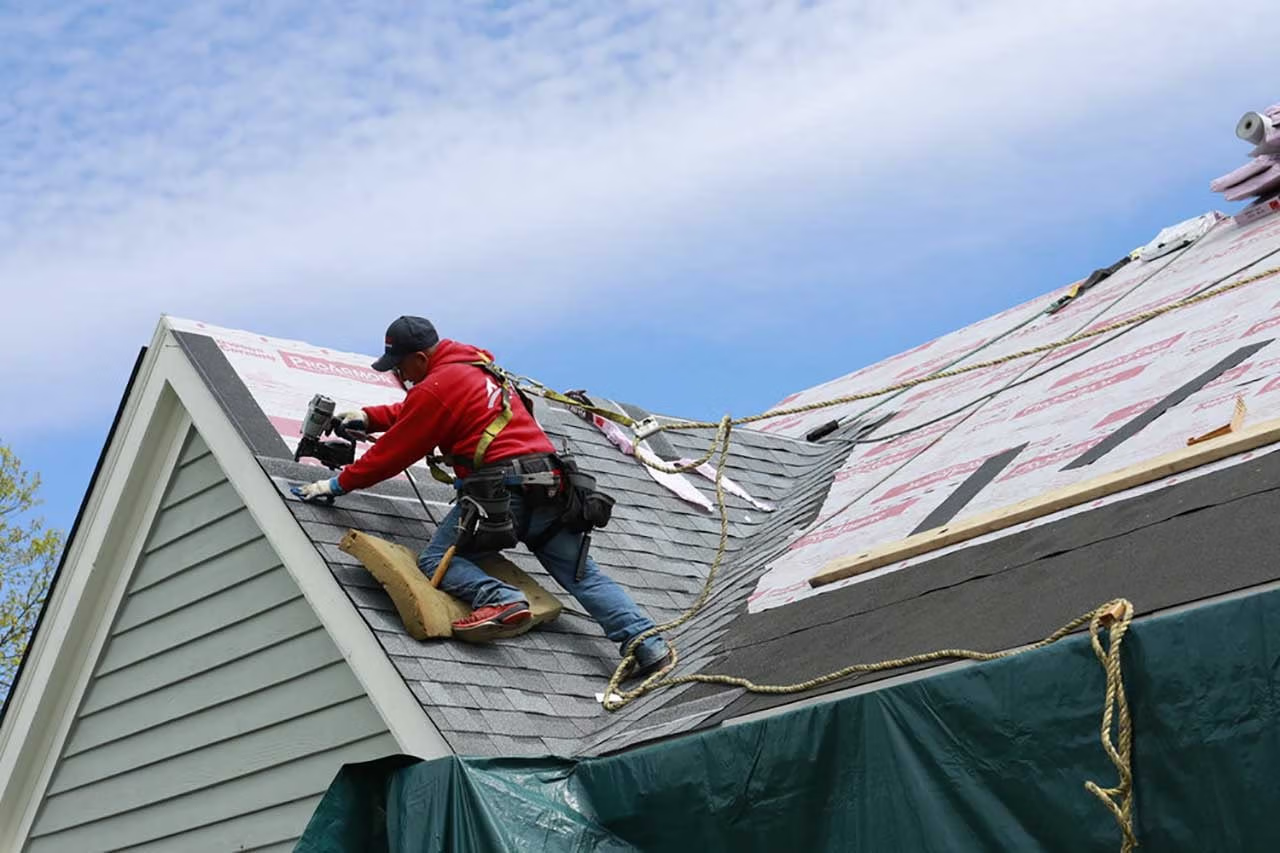
Choosing the right roofing material and design can enhance the curb appeal and value of your property.
Understanding how a roof works will help you identify potential issues and determine the best course of action when it comes to repairs or replacements.
How to Achieve Perfect Roof Repair
Repairing a roof can be a complex task that requires careful planning and execution. To achieve a perfect roof repair, there are several key considerations to keep in mind.
First and foremost, it’s important to assess the extent of the damage. This will help you determine whether a repair is sufficient or if a replacement is necessary. Small leaks or minor damage can often be fixed, while severe damage may require a full replacement.
Next, you’ll need to gather the necessary tools and materials for the repair.
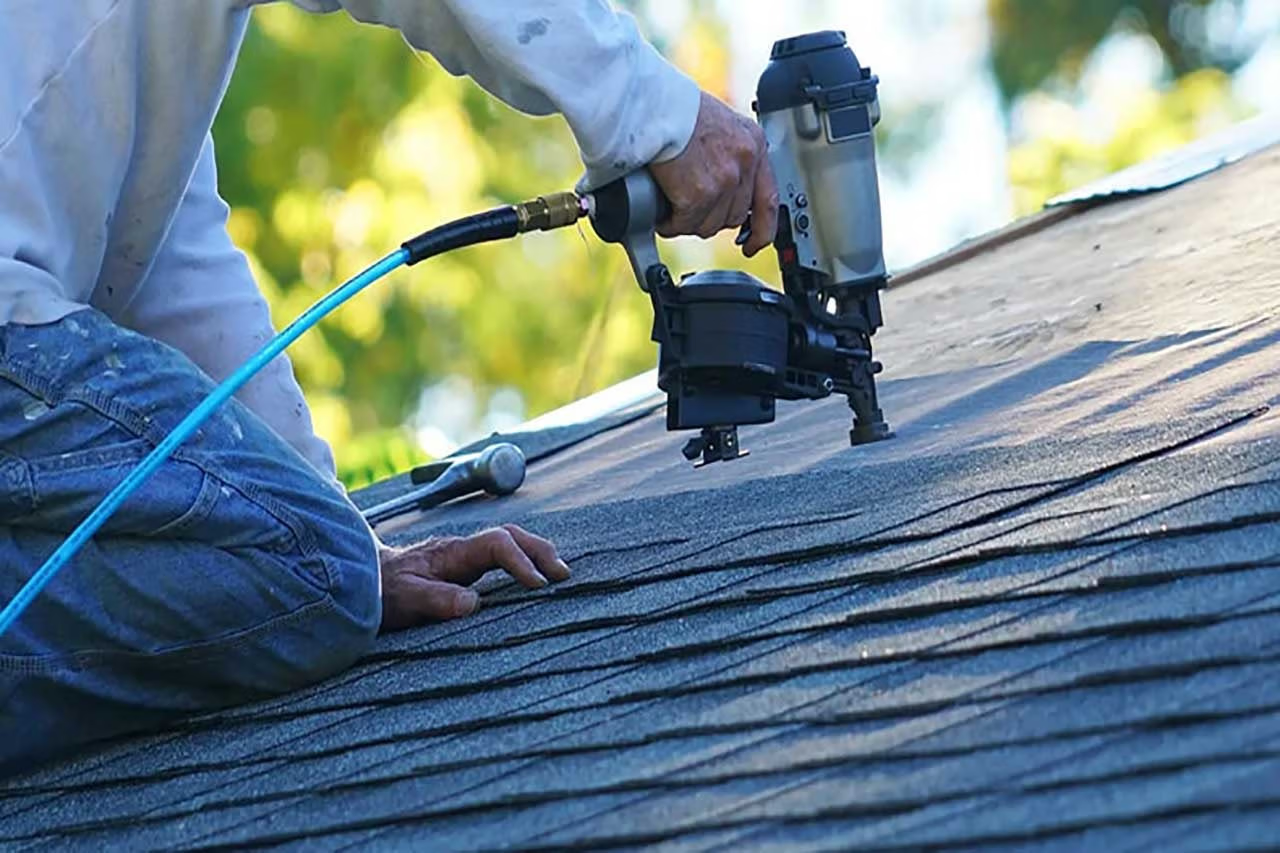
This may include roofing nails, shingles, underlayment, flashing, and sealant. It’s important to use high-quality materials to ensure the longevity and effectiveness of the repair.
Before starting the repair, it’s crucial to take safety precautions. Working on a roof can be dangerous, so it’s recommended to use proper safety equipment and consider hiring a professional if you’re not comfortable with heights or lack experience.
When repairing a roof, it’s important to follow the correct techniques and best practices. This may include properly removing and replacing damaged shingles, applying sealant to prevent leaks, and ensuring proper ventilation to prevent moisture buildup.
Lastly, regular roof maintenance is key to preventing future damage and extending the lifespan of your roof. This may include cleaning gutters, removing debris, and inspecting the roof for any signs of wear or damage.
By following these steps and considering the specific needs of your roof, you can achieve a perfect roof repair that will protect your home for years to come.
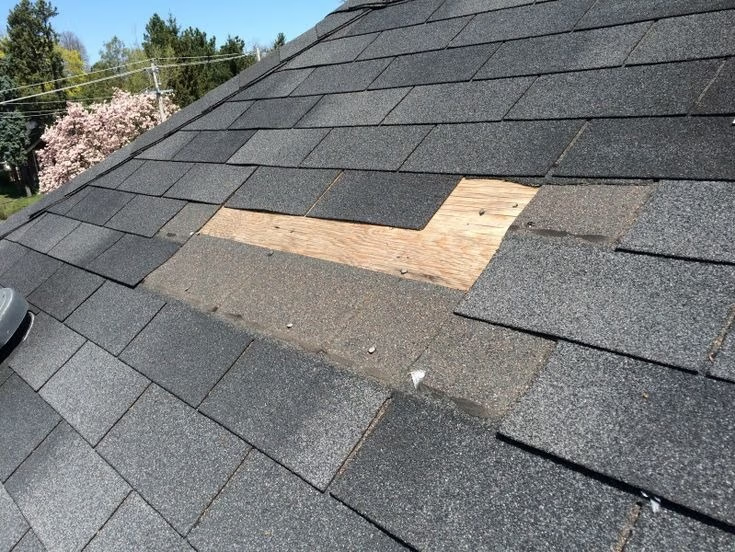
The 3 Types of Roofing Materials
When it comes to repairing or replacing your roof, choosing the right roofing material is crucial. There are three main types of roofing materials, each with its own advantages and disadvantages.
1. Asphalt Shingles:
– Asphalt shingles are the most common roofing material in North America.
– They are affordable, durable, and come in a wide range of colors and styles.
– However, they have a shorter lifespan compared to other materials and may be prone to algae growth.
2. Metal Roofing:
– Metal roofing is becoming increasingly popular due to its durability and energy efficiency.
– It can withstand extreme weather conditions and is highly resistant to fire, rot, and insects.
– However, metal roofing can be more expensive upfront and may require professional installation.
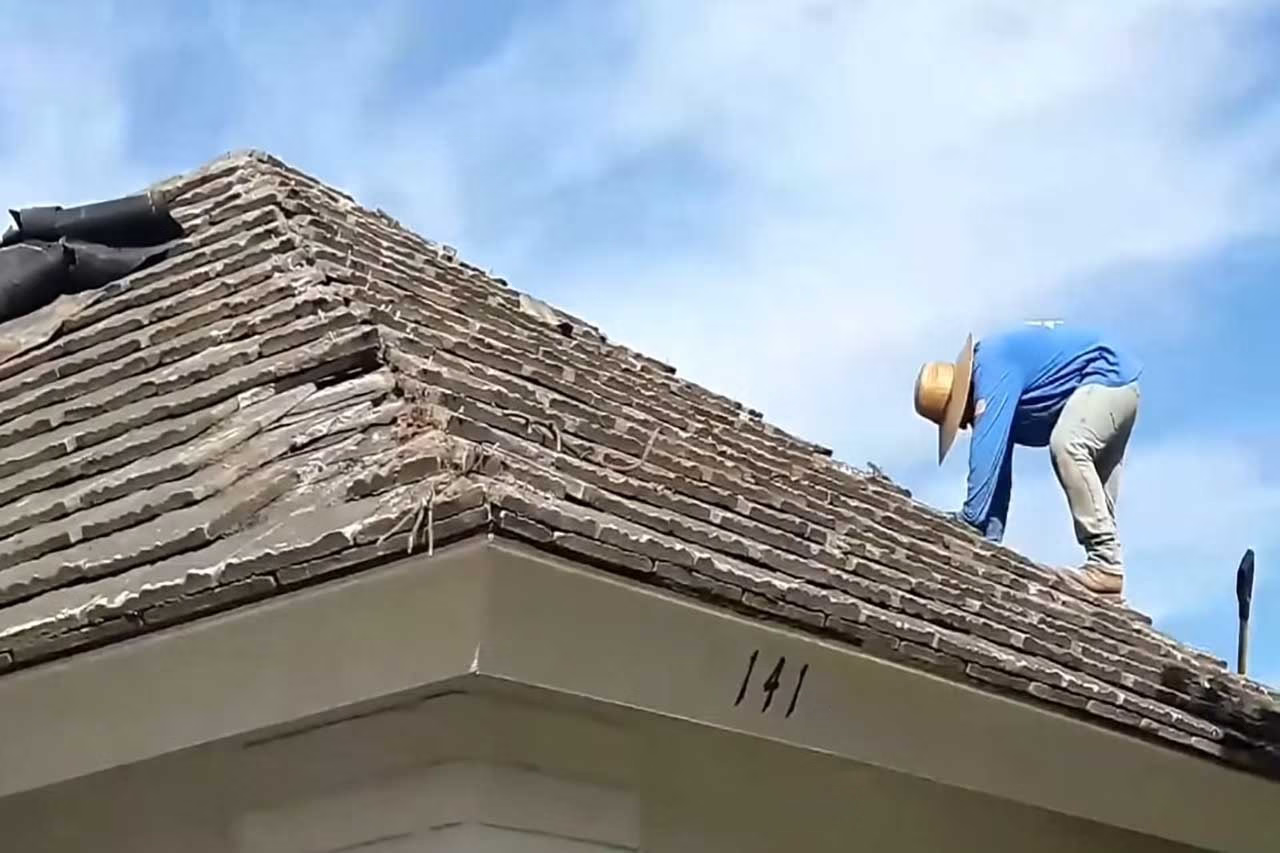
3. Tile Roofing:
– Tile roofing is known for its aesthetic appeal and longevity.
– It comes in various styles, including clay and concrete tiles.
– While tile roofing is durable and fire-resistant, it can be heavy and may require additional structural support.
When choosing a roofing material, consider factors such as your climate, budget, and desired aesthetics. Consulting with a roofing professional can help you make an informed decision based on your specific needs.
Conclusion
Repairing a roof is a significant undertaking that requires careful planning and consideration. By understanding the different types of roofing materials, how a roof works, and following proper repair techniques, you can ensure a successful and long-lasting repair.
Remember to assess the extent of the damage, gather the necessary materials, prioritize safety, and perform regular maintenance to prevent future issues.
And don’t forget to choose the right roofing material that suits your climate, budget, and personal preferences.
With these five things in mind, you’ll be well-prepared to tackle any roof repair or replacement project and ensure the protection and longevity of your home for years to come.

